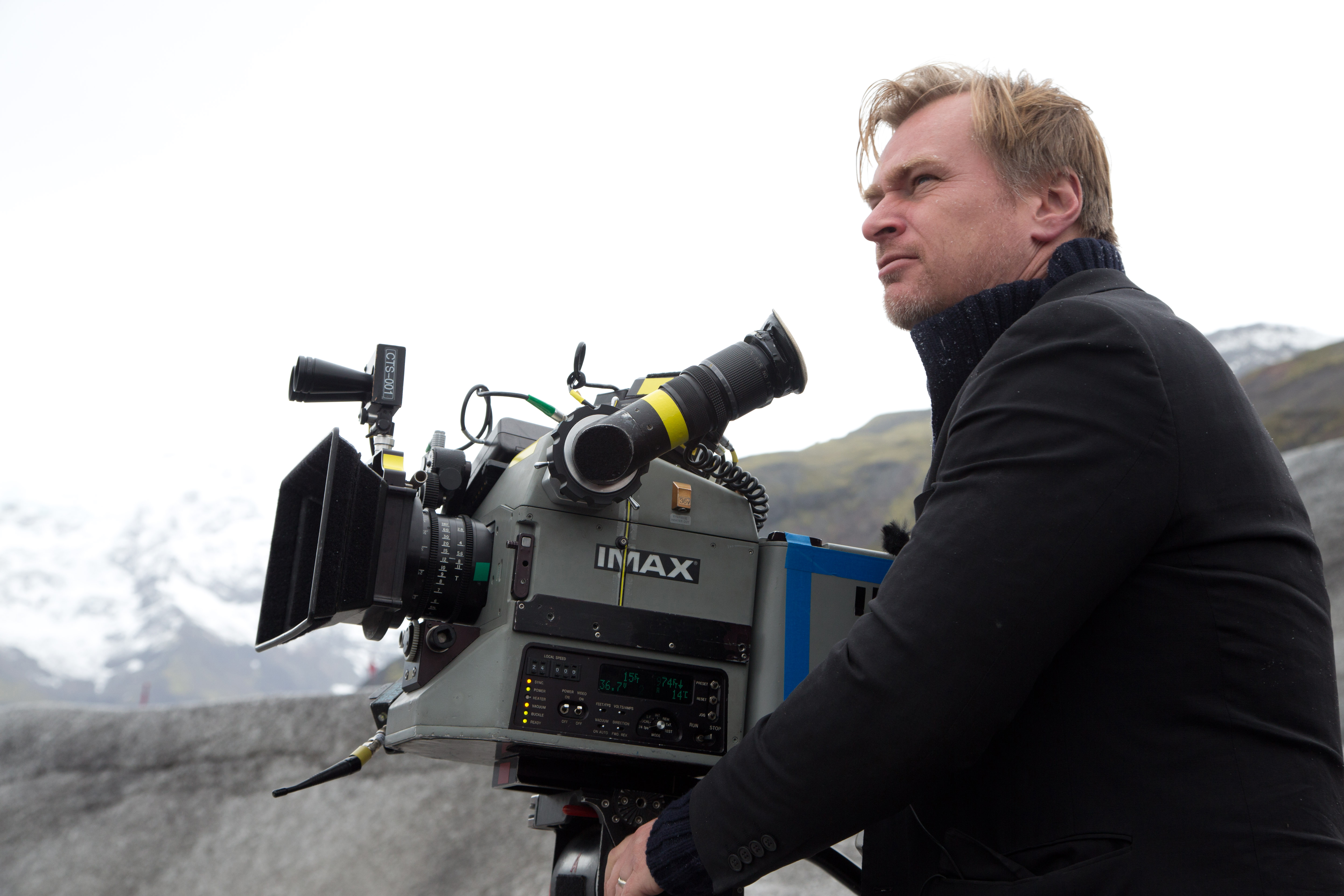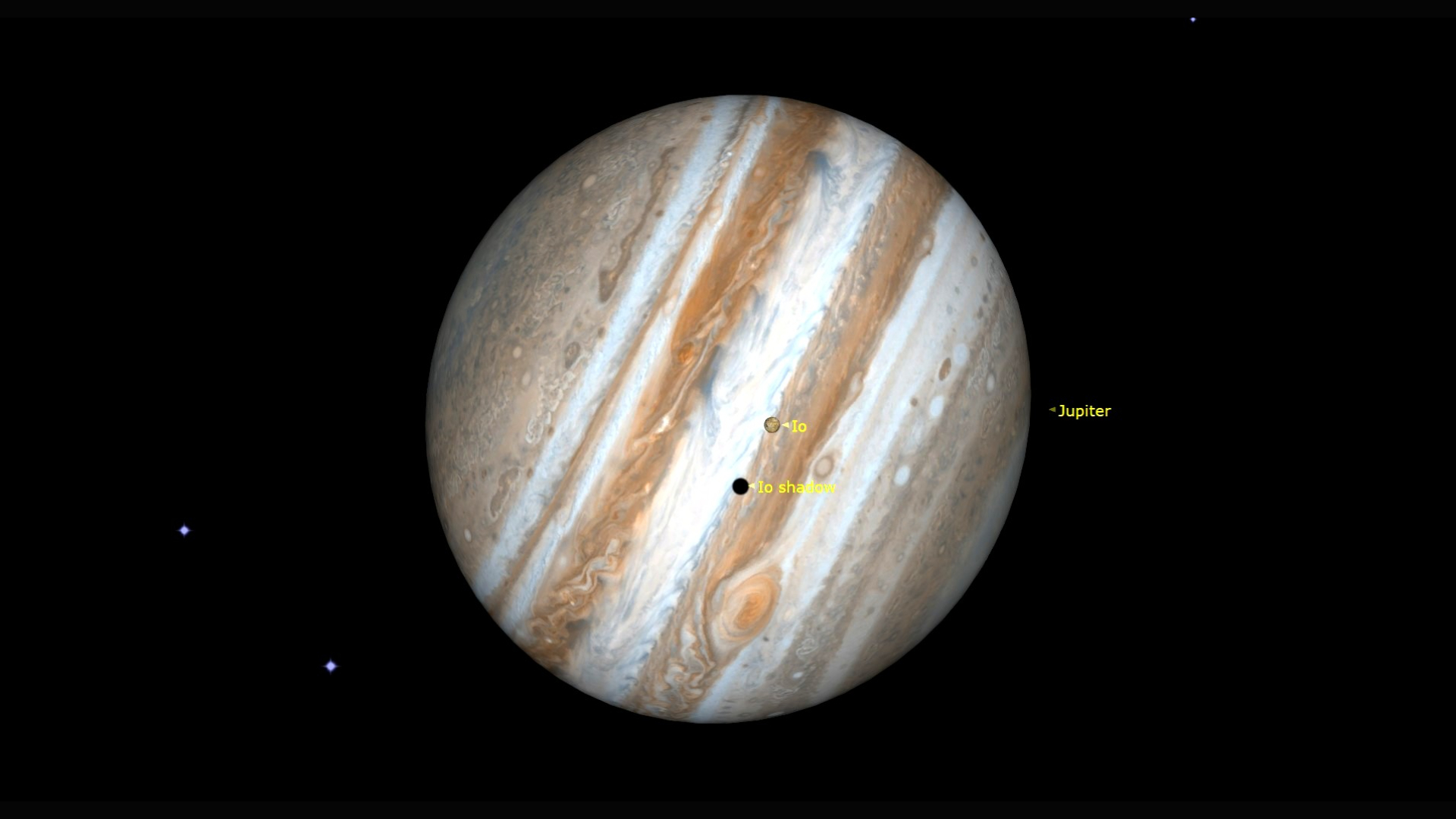'Interstellar' in IMAX: Christopher Nolan's Lessons on Space Film-making (Exclusive)
The epic space film "Interstellar"is wowing moviegoers with its stunning visuals on the IMAX screen, and we've got an amazing glimpse at how its makers were inspired by the real-life pioneers of IMAX filmmaking in space.
In "Journey Through Space," an exclusive IMAX featurette, "Interstellar" director Christopher Nolan speaks with documentary filmmaker Toni Myers, who has worked on IMAX documentaries that include "Hubble 3D," "Space Station" and "The Dream is Alive."
It seems Nolan did his homework when it came to making the spaceship scenes in "Interstellar" as realistic as possible. To start with, he has a long-standing relationship with the outer-space pros.
"I've actually had a great partnership with NASA over the years," Nolan says in the featurette. "The same cameras we were using, you know to shoot this film, have actually gone up on the space missions and filmed real footage in low-Earth orbit." [IMAX in Space: A Photo History]
Next, Nolan and his team watched hours of IMAX footage recorded in orbit, to get familiar with what life in space should look like. Because of IMAX's long history with the NASA shuttles, Nolan's team didn't have to imagine what the space scenes should look like: they had the real thing right in front of them.
While studying the footage, Nolan noticed that Myers was a common denominator on nearly everything his team saw.
Toni Myers was a writer and editor for the 1985 film "The Dream is Alive," which was the first production to use IMAX cameras into space. The short film features footage from multiple NASA shuttle missions, including the fifth mission for the Challenger spacecraft. Aboard the shuttle, the film was shot entirely by the astronauts.
Breaking space news, the latest updates on rocket launches, skywatching events and more!
"In the space shuttle, the flight deck … is an incredibly small space. So you have very limited places where you can put a camera," Myers says in the video. "We just had to develop window brackets that you could place a camera on it with Velcro and it would be there for [the astronauts] to work with. But basically it was ingenuity."
Myers went on to direct the 2002 documentary "Space Station 3D" and the 2010 documentary "Hubble 3D."
"I think too few people are aware of the achievements that you guys have made in terms of getting those cameras up there," Nolan told Myers in the video.
Watch the "Journey Through Space" featurette for "Interstellar" to see more about how real spaceflight footage influenced the making of Interstellar, and what Myers thought of the movie.
You can also see another glimpse behind the scenes of "Interstellar" in IMAX with "For the Love of Film."
Follow Calla Cofield @callacofield. Follow us Spacedotcom, Facebook and Google+. Original article on Space.com.

Calla Cofield joined Space.com's crew in October 2014. She enjoys writing about black holes, exploding stars, ripples in space-time, science in comic books, and all the mysteries of the cosmos. Prior to joining Space.com Calla worked as a freelance writer, with her work appearing in APS News, Symmetry magazine, Scientific American, Nature News, Physics World, and others. From 2010 to 2014 she was a producer for The Physics Central Podcast. Previously, Calla worked at the American Museum of Natural History in New York City (hands down the best office building ever) and SLAC National Accelerator Laboratory in California. Calla studied physics at the University of Massachusetts, Amherst and is originally from Sandy, Utah. In 2018, Calla left Space.com to join NASA's Jet Propulsion Laboratory media team where she oversees astronomy, physics, exoplanets and the Cold Atom Lab mission. She has been underground at three of the largest particle accelerators in the world and would really like to know what the heck dark matter is. Contact Calla via: E-Mail – Twitter

